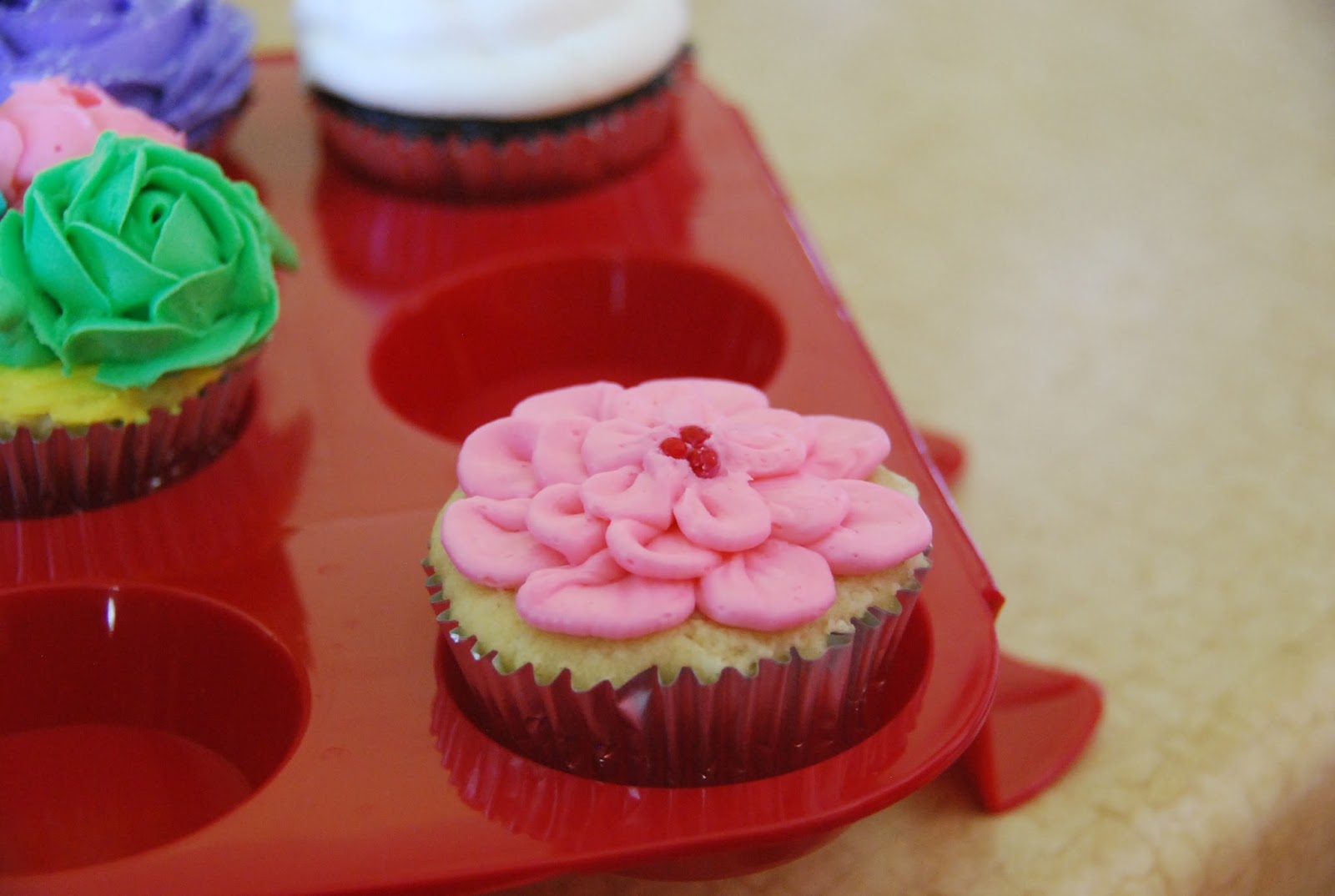The first thing I did was just browse Pinterest for some recipe options. I found a few that sounded good, and one in particular, from Taste of Home, which I've gotten recipes from in the past and have been impressed. The reason this one stood out to me was because it called for brown sugar instead of white sugar, which I thought would create a well-suited flavor for a carrot cake because of the spices in the cake that tend to pair well with brown sugar.
Unfortunately, I can't lie, it didn't turn out too well. However, there were some other factors that could've affected the outcome besides the recipe. When I tasted the cake shortly after it cooled, it was pretty dense, which I expected because brown sugar crystals are more packed than white sugar crystals and therefore don't create as much of a "fluffy" cake. But it was not too dense and the flavor was great.
Anyhow, I was a little pressed for time and was not able to frost the cake that same night, so I tried to cover it the best that I could, but it was late and in my haste to get to bed I did not take into account that some of the bottom half was not completely sealed. I had the cake on some paper towels on top of a cooling rack, but what I forgot was the fact that the paper towels didn't quite cover the whole underneath side of the cake. So, even though I covered the top and sides of the cake with plastic wrap, there was a little bit of the bottom of the cake that was exposed.
In any case, when I tasted it the next day I decided it seemed too dry, and I'm a perfectionist when it comes to things I'm passionate about, so I just could NOT serve it. So I went back to the other recipes I had found, and decided to go with the one from Grocery Budget 101, because it used white sugar instead and even though the brown sugar may not have played a part in the way cake turned out, I didn't want to take any chances.
This one turned out delicious! It was moist yet fluffy, and lots of flavor. The only thing I did differently with this recipe was add a little nutmeg and ginger, because I love how those spices combine with cinnamon and I think they add a little something extra to the aroma of the cake too. I also added a little orange juice to the frosting, which I had thought of because it was one of the frosting ingredients from that previous recipe on Taste of Home. It just seemed like a hint of orange would be a pleasant complement to the carrot cake flavors.
Now of course I did have to add at least some decorations to it, because I like the look of decorated cakes and I wanted the extra practice. I will say that the crushed nuts and sprinkles on the sides of the cake were a bit of an annoyance because of the gigantic mess it made, but at least it looked cool. ;)
 |
| Buttercream carrot on top of carrot cake |
In the end I definitely liked the way it turned out. Even my boyfriend said it was delicious, and he really isn't a big fan of carrot cake because of the cream cheese frosting. That being said, I think next time I'd like to try half white sugar, half brown sugar, and see how that works, just to try to incorporate some of that rich brown sugar flavor.
 |
| Finished carrot cake |












